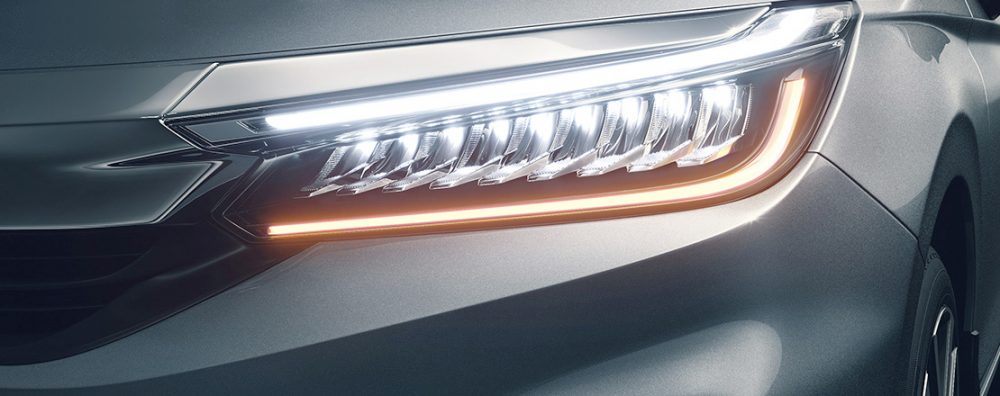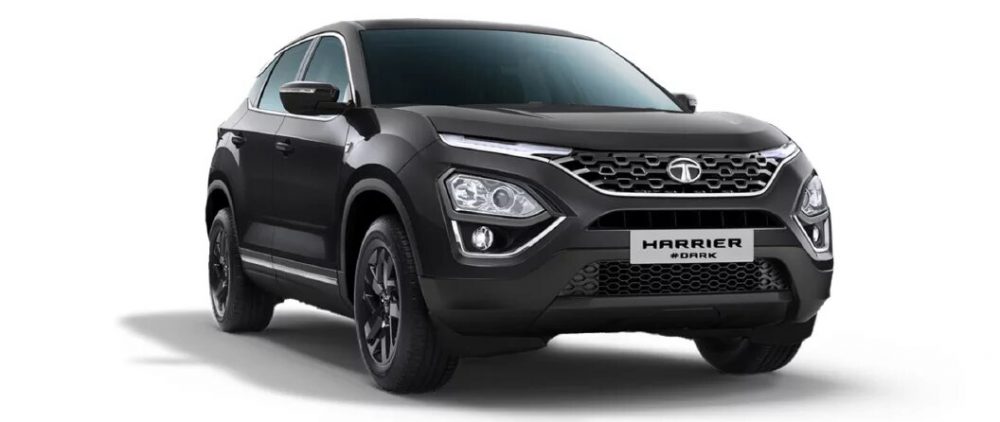Today, we see day-time running lights as a “Feature” in our cars. It’s considered to be something that enhances the aesthetic appeal of our cars. A few years ago, this was not even a trend; the entire concept of DRLs was alien to the Indian Car Market. So what changed this? How did these DRLs come into the picture? Let’s take a look at the History of Day-Time Running Lights.
-
What are LED DRLs?
LED DRLs are lights integrated into the headlight setup of a car or are placed around them on the front bumper. These lights are constantly switched on, whether it is day or night.

Related- History of Connected Car-Tech!
Download the GoMechanic app now!
-
How did this trend begin?
Originally, DRLs were mandated by the government of the countries of Northern Europe. This was primarily done because, in these countries, visibility was pretty limited, even during the daytime. The governments decided to take this step as a necessary safety precaution, both for oncoming vehicles and pedestrians. Subsequently, even the Canadian government mandated DRLs for all cars for similar reasons. While America didn’t pass such a regulation, it was practical for automakers to send cars with DRLs installed to these North American countries. That’s when the trend gathered pace. Volvo was one of the first manufacturers to install DRLs in their cars in the year 1984.

-
LED DRLs in India
As of now, no law requires DRLs to be present on a car in India. However, manufacturers still sell some cars with LED DRLs to increase their cars’ overall aesthetic appeal. On bikes, however, the Indian government has mandated that the lights be kept switched on at all times. This is why with the BS4 updates, 2 wheelers stopped getting the headlight switch.
Also, Read- History of the Powered Steering!







I was looking for a car that had a single light in the middle of the grill as a daytime running light. I think it was built in the 1970s.